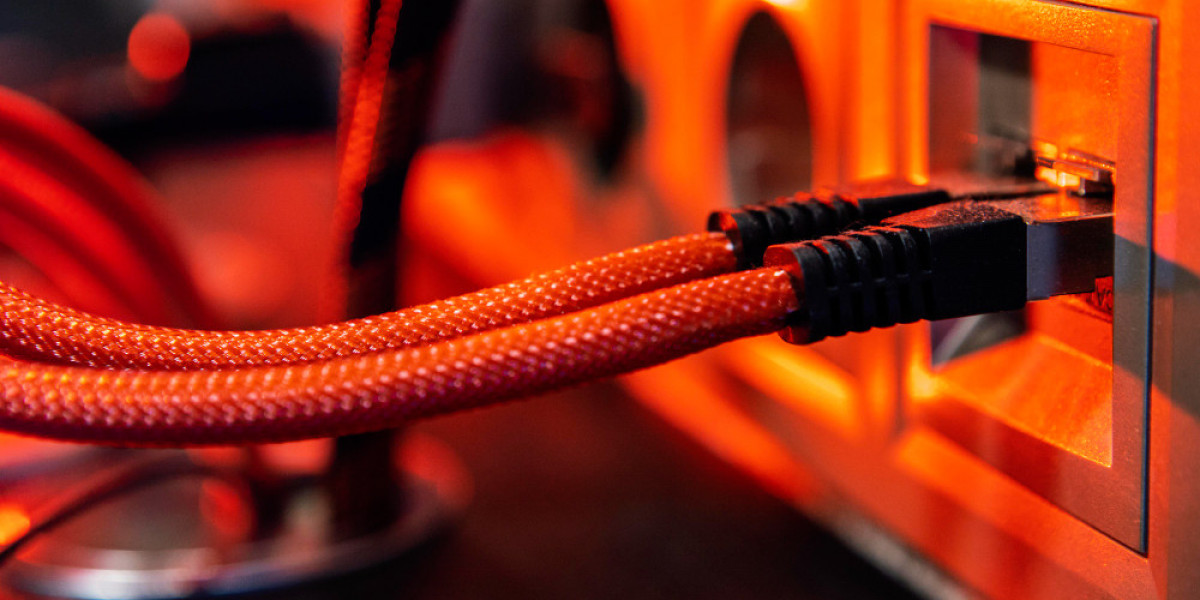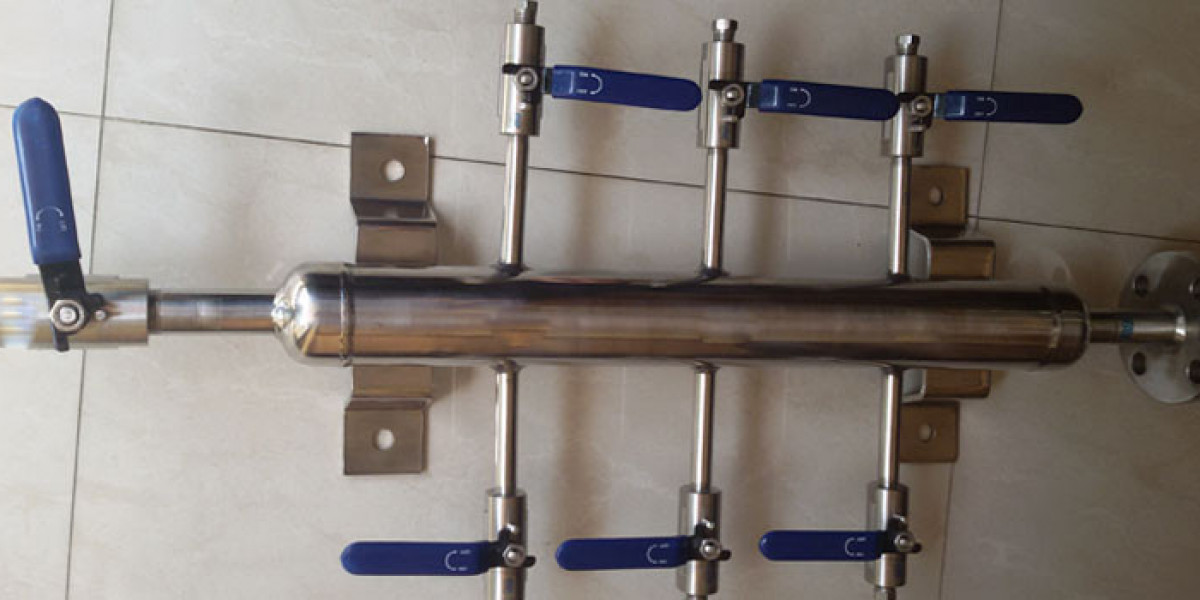Particularly in the USA, where the demand for high-quality healthcare continues to grow, RPM plays a crucial role in optimizing both clinical outcomes and financial processes. For healthcare providers, integrating remote monitoring into their practices not only enhances patient care but also offers new opportunities for revenue generation. This makes RPM a valuable asset in the medical billing service industry, which is at the heart of revenue cycle management (RCM) for healthcare organizations.
In this article, we’ll explore the intersection between Remote Patient Monitoring and medical billing services, delving into how SmartClinix can help healthcare providers maximize efficiency, improve patient care, and increase profitability through RPM integration.
What is Remote Patient Monitoring?
Remote Patient Monitoring (RPM) is a healthcare technology that allows medical professionals to monitor a patient’s health outside of the traditional clinical setting, using wearable devices and sensors. Data such as heart rate, blood pressure, glucose levels, and oxygen saturation can be continuously monitored, providing healthcare providers with real-time insights into a patient’s health.
RPM is particularly beneficial for managing chronic conditions like diabetes, hypertension, and heart disease. By leveraging this technology, healthcare providers can keep track of patients’ health without needing constant in-office visits, reducing hospital readmissions and improving overall patient satisfaction.
The Role of Medical Billing Services in Healthcare
Medical billing services are the backbone of the healthcare revenue cycle. This process involves translating healthcare services into medical claims to be submitted to insurance companies for reimbursement. Efficient medical billing ensures that healthcare providers receive timely payments, maintain cash flow, and avoid revenue leakage. However, the complexity of medical coding, compliance regulations, and insurance requirements make the process challenging.
Traditionally, medical billing has revolved around face-to-face interactions, where services rendered in a clinic or hospital are billed. But with the advent of telemedicine and RPM, healthcare providers are now offering care remotely, creating new opportunities for medical billing but also posing new challenges.
Why Remote Patient Monitoring is Crucial to Medical Billing in the USA
Remote Patient Monitoring opens up a range of new services that can be billed, creating additional revenue streams for healthcare providers. In the USA, RPM has been gaining recognition as an essential tool for enhancing patient outcomes while reducing healthcare costs. As a result, the Centers for Medicare & Medicaid Services (CMS) has introduced billing codes specifically for RPM, allowing providers to be reimbursed for these services.
Key Benefits of RPM for Medical Billing Services:
Increased Revenue: RPM introduces a new category of services that healthcare providers can bill. Instead of being limited to in-person visits, providers can charge for ongoing remote monitoring services. This results in more consistent revenue, especially for practices dealing with chronic care patients.
Improved Patient Compliance: RPM offers continuous health monitoring, which helps in catching early signs of deterioration. This real-time data allows providers to adjust treatment plans promptly, preventing emergency situations and hospitalizations. When patients remain healthier and compliant with their care plans, healthcare providers benefit from fewer claims denials and lower administrative overhead in billing.
Enhanced Billing Accuracy: RPM devices automatically collect and record patient data, reducing manual data entry errors, which are common in traditional billing processes. This ensures that the data used for billing is accurate, ultimately reducing claim denials and boosting the overall efficiency of the medical billing service.
Better Cash Flow: With RPM billing codes now covered under Medicare and many private insurers, healthcare providers can expect a faster turnaround on claims. This improvement in cash flow allows practices to reinvest in patient care technologies and expand their services.
How to Integrate RPM with Medical Billing Services
To effectively integrate RPM into a practice’s medical billing system, healthcare providers need to follow certain steps to ensure they remain compliant with CMS regulations while maximizing the benefits of remote patient monitoring.
1. Understand the CPT Codes for RPM:
The Centers for Medicare and Medicaid Services (CMS) has introduced several CPT (Current Procedural Terminology) codes for RPM. These codes help providers to accurately bill for remote services:
- CPT 99453: Covers the initial setup and patient education on how to use the monitoring equipment.
- CPT 99454: Covers the supply of devices that transmit patient data, including daily monitoring and collection.
- CPT 99457: Covers the first 20 minutes per month of remote patient monitoring services, including data review, assessment, and communication with the patient.
- CPT 99458: Provides an additional 20 minutes of RPM services.
Healthcare providers must understand these codes to properly integrate RPM services into their billing workflow.
2. Implement a Reliable RPM System:
SmartClinix offers robust solutions for healthcare providers looking to integrate RPM seamlessly with medical billing. These systems come with features that automatically track the amount of time spent monitoring patients and generate reports that can be easily integrated into medical billing software.
Providers can avoid common mistakes like undercoding or overcoding services by using systems that ensure the accurate documentation of services rendered.
3. Training for Billing Staff:
It's essential for billing staff to be trained on the new RPM billing codes and to understand the CMS guidelines on what qualifies as billable services under RPM. They need to be proficient in identifying what data is necessary for billing and ensuring that claims are submitted correctly the first time to avoid denials.
Challenges in RPM Medical Billing
While the opportunities for increased revenue through RPM are immense, healthcare providers must also navigate certain challenges. These challenges often revolve around compliance, patient engagement, and data integration with existing billing platforms.
1. Compliance with Regulations:
One of the primary challenges in RPM billing is maintaining compliance with HIPAA regulations. Patient data collected through remote monitoring must be securely stored and transmitted to ensure privacy. Additionally, healthcare providers must ensure they are following CMS guidelines to avoid penalties and potential legal issues.
2. Data Integration:
Ensuring that RPM data seamlessly integrates with the healthcare provider’s medical billing system can be complex. SmartClinix’s solutions are designed to easily integrate with most Electronic Health Record (EHR) and billing systems, ensuring a smooth flow of information between patient care and financial processes.
3. Patient Engagement:
Another challenge is getting patients to stay engaged with the RPM devices. If patients do not use the devices as prescribed, the healthcare provider will not have enough data to justify billing for the RPM services. Educating patients on the importance of consistent use of RPM devices is key to the program’s success.
How SmartClinix Can Help with RPM Billing Services
SmartClinix provides healthcare practices with advanced solutions to facilitate the integration of Remote Patient Monitoring and medical billing services. Our platform allows providers to efficiently monitor patients while maintaining accurate billing records. We offer easy-to-use software that automatically captures billable RPM services, thus minimizing administrative burdens on healthcare providers and reducing errors in the billing process.
With the right tools and support, healthcare practices can optimize their revenue cycle management and patient care, ensuring that they benefit from the latest innovations in Remote Patient Monitoring.
Conclusion
The integration of Remote Patient Monitoring with medical billing services presents a valuable opportunity for healthcare providers to enhance patient care and generate new streams of revenue. By understanding the relevant billing codes, implementing reliable RPM systems, and ensuring compliance with regulations, providers can fully leverage the benefits of RPM.
SmartClinix is at the forefront of delivering comprehensive solutions to healthcare providers in the USA, helping them maximize efficiency in both patient care and revenue generation through RPM. Whether you're looking to adopt RPM or refine your current processes, our platform is designed to simplify the medical billing process, ensuring that your practice remains competitive and profitable in the modern healthcare landscape.
For healthcare providers in the USA, embracing Remote Patient Monitoring is no longer an option—it’s a necessity for future-proofing your practice.









